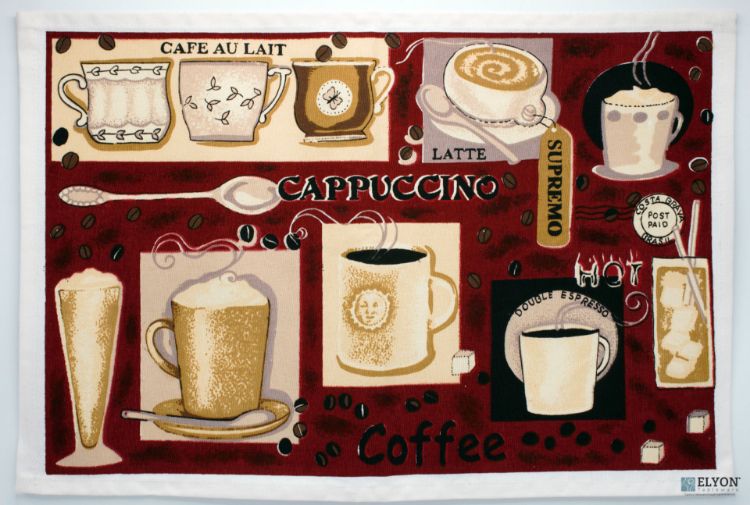Not known Facts About Top News Sites
Not known Facts About Top News Sites
Blog Article
All About Unique Art
Table of ContentsNot known Details About Unique Art The Only Guide to Unique ArtThe Of Unique ArtAll about Unique Art
While one may question which art kind holds precedence, the truth stays that each of these seven forms provides a special home window into human history, culture, and development. They are the tapestries that chronicle our journey, advising us of our past while inspiring visions for the future.Wonderful artwork narrates, makes people look twice, and creates an unique experience that can not be matched. Art and illustrations communicate all of that via color, shape and various other layout components. Discover how to make your distinct art work attract attention from the crowd.
3 Emil DervishIn this entrance by Emil Dervish that stunning cobalt blue door takes the show. To bring much more dramatization, he extended the paint. to the doorframe and the wall surface up, ending up in an arched shape. The curves, along with a spherical sconce, soften the edges - Unique Art. Structures classic posters and maps of precious locations established the scene.
8 TRIA GIOVANEqual components grand and laidback, this entrance hall made by Anthony Baratta is the perfect plan to follow if you're decorating a formal entryway that still feels unfussy and comfortable. Formed fabrics take spotlight (see the carpetings and the sofa), but they also assist bring the high ceilings down to a human scale when hung over wallpaper.
Some Known Factual Statements About Unique Art
18 Heidi Caillier DesignA gallery wall surface doesn't need to occupy the entire room. In some cases a small one can make a larger design statement. In this living-room, Hiedi Caillier selected micro-mini frames and a random structure. Advertisement - Continue Reading Below19 Stephen Kent JohnsonDesigner Juan Carretero went with a deep green paint shade to contrast with the light wood surfaces.
, the expression of concepts and emotions, with the creation of particular visual top qualities, in a two-dimensional visual language. The elements of this languageits forms, lines, colours, tones, and texturesare used in numerous means to create sensations of volume, area, movement, and light on a flat surface area. These elements are integrated into meaningful patterns in order to represent genuine or supernatural phenomena, to translate a narrative theme, or to develop wholly abstract aesthetic connections.
Later the idea of the "fine musician" established in Asia and Renaissance Europe. Popular painters were managed the social status of scholars and courtiers; they signed their work, determined its design and often its subject and imagery, and established a much more personalif not always amicablerelationship with their customers. Throughout the 19th century painters in Western cultures began to lose their social position and protected patronage.
Fascination About Unique Art
Others gained an income with visiting exhibitions of their work. The need to appeal to a marketplace had actually changed the similar (if less impersonal) demands of patronage, and its result on the art itself was most likely comparable. Normally, musicians in the 20th century might reach an audience just via commercial galleries and public galleries, although their work may have been periodically replicated in art regulars
For the background of painting in ancient Egypt, see Egyptian art and architecture. The development of painting in various areas is treated in a number of short articles: Western paint; African art; Main Asian arts; Chinese painting; Islamic arts; official source Japanese art; Oriental art; Native American art; Nautical art and architecture; South Asian arts; Southeast Asian arts. For a conversation of the bogus of jobs of art, see bogus. For a discussion of the role of paint and other arts in faith, along with of the use of religious icons in art, see religious importance and iconography. For information on other arts associated to paint, see write-ups such as drawing; people art; printmaking. , even when a painting's narrative symbolism is odd.
Don't copy the style of various other artists if you're looking for your style. Copying other individuals's art work can be fantastic in instructional purposes but it will certainly not make you closer to discovering your own special style. Your creative style has to be, what you like and what inspires you.

The Basic Principles Of Unique Art
You need to try great deals of different options and discover every little thing before you can concentrate on one certain style or you'll be burnt out, or even worse, you'll hate your own style. So I suggest you to attempt every subject that you want, explore as high as you can. Attempt various mediums that delight you and new methods you've never ever tried prior to.
With time you'll be able to sort all of redirected here them right into your favorite and least favored categories. Try to concentrate your focus on the topics and tools that you like and before you see it coming you'll have your own personal and unique style, like no person else have! In the end you'll have a few favored subjects to repaint and maybe a couple of preferred mediums.

Report this page